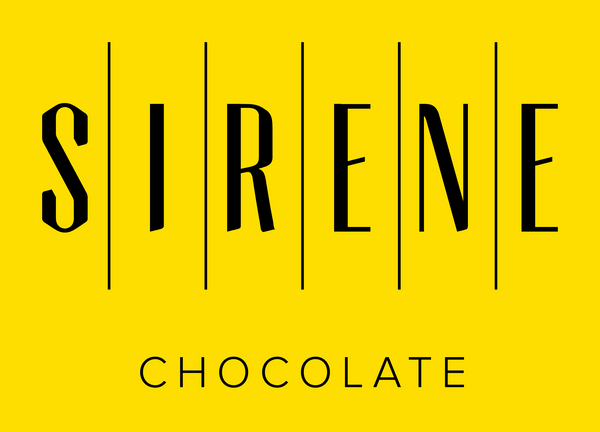Farms
Origins
Sirene uses cacao beans originating in farms from several regions around the cacao-growing world.
Kokoa Kamili, Tanzania
Not far from the home of 2,000 Savannah elephants, the creation of Kokoa Kamili significantly increased the income of the area's small shareholder cocoa farmers. Previously a single buyer dictated the price of their cacao. The formation of the company gave the farmers the power to get a higher price for their beans.
Kokoa Kamili, située près d’une réserve naturelle où habitent 2000 éléphants Savannah, a grandement contribué à faire augmenter les revenus des petits producteurs locaux de cacao. Auparavant, un seul acheteur dictait le prix des fèves de cacao. Depuis la création de cette entreprise, les fermiers reçoivent un bien meilleur prix pour leur récolte.
Lachua, Guatemala
In the lush, mountainous region of Alta Verapaz, Guatemala, you’ll find the indigenous Q’eqchi Maya farmers growing a magnificent cacao bean. Their heritage traces back thousands of years to chocolate’s probable origins in the ancient Mayan civilization. Clearly they have a bit of experience with cacao trees.
Les fermiers Maya Q’eqchi qui habitent dans la montagneuse et luxuriante région d’Alta Verapaz, au Guatemala cultivent un cacao magnifique. Ils s’y connaissent en cacaoyers puisque leur héritage remonte à mille ans dans le passé, jusqu’au chocolat utilisé par la civilisation Maya. Ce chocolat au lait foncé, auquel des éclats de fèves de cacao ont été ajoutés pour la texture, est aromatisé avec de la cardamome cultivée par les mêmes fermiers qui font pousser le cacao.
Semuliki Forest, Uganda
Founded in 2016 in Bundibugyo, Uganda, Semuliki started with a mission specifically to increase incomes and reduce risk for their cacao growers. They now work with over 1,000 small family farms. By centralizing fermentation and drying they are able to control the quality of the fermentation and drying processes.
À sa fondation en 2016 à Bundibugyo en Ouganda, Semuliki avait comme mission de réduire les risques économiques associés à la production de cacao en augmentant le revenu des producteurs. Cette entreprise travaille maintenant avec 1000 familles de fermiers, et son centre de fermentation et de séchage centralisé permet de contrôler la qualité de ces processus.
Pinalum, Vanuatu
On the northeastern corner of the island of Malekula, in a village called Pinalum, grow a delicious cocoa bean rich in fudge-y notes. The hard working farmers are justifiably proud of their delicious cocoa beans, and we are very happy to turn these beans into chocolate. These neighboring family farms work contiguous patches of land and team up together to send the beans to Sirene
Sur le coin nord-est de l'île de Malekula, dans un village appelé Pinalum, pousse une fève de cacao délicieuse aux notes riches de fudge. Les agriculteurs qui travaillent dur sont fiers à juste titre de leurs fèves de cacao savoureuses, et nous sommes ravis de les transformer en chocolat. Ces exploitations familiales voisines travaillent sur des parcelles contiguës et s'associent pour envoyer les fèves à Sirene.
Giff Laube, Nicaragua
One of chocolate’s most popular stories is that Criollo is the cultivated one, Forastero the wild one and Trinitario is their love child.
This is bunkum.
Criollo is just one of 18 or more distinct cultivars Theobroma cacao has. Giff Laube has painstakingly tracked down many criollo in his searches across backyards or neglected plots of land in Nicaragua, Mexico, Guatemala, Honduras and Belize. His orchard in Nicaragua is now growing DNA-confirmed, pure criollo trees producing beans with a mild and really interesting nutty flavour (but no nuts are in there for those of you with nut allergies).
